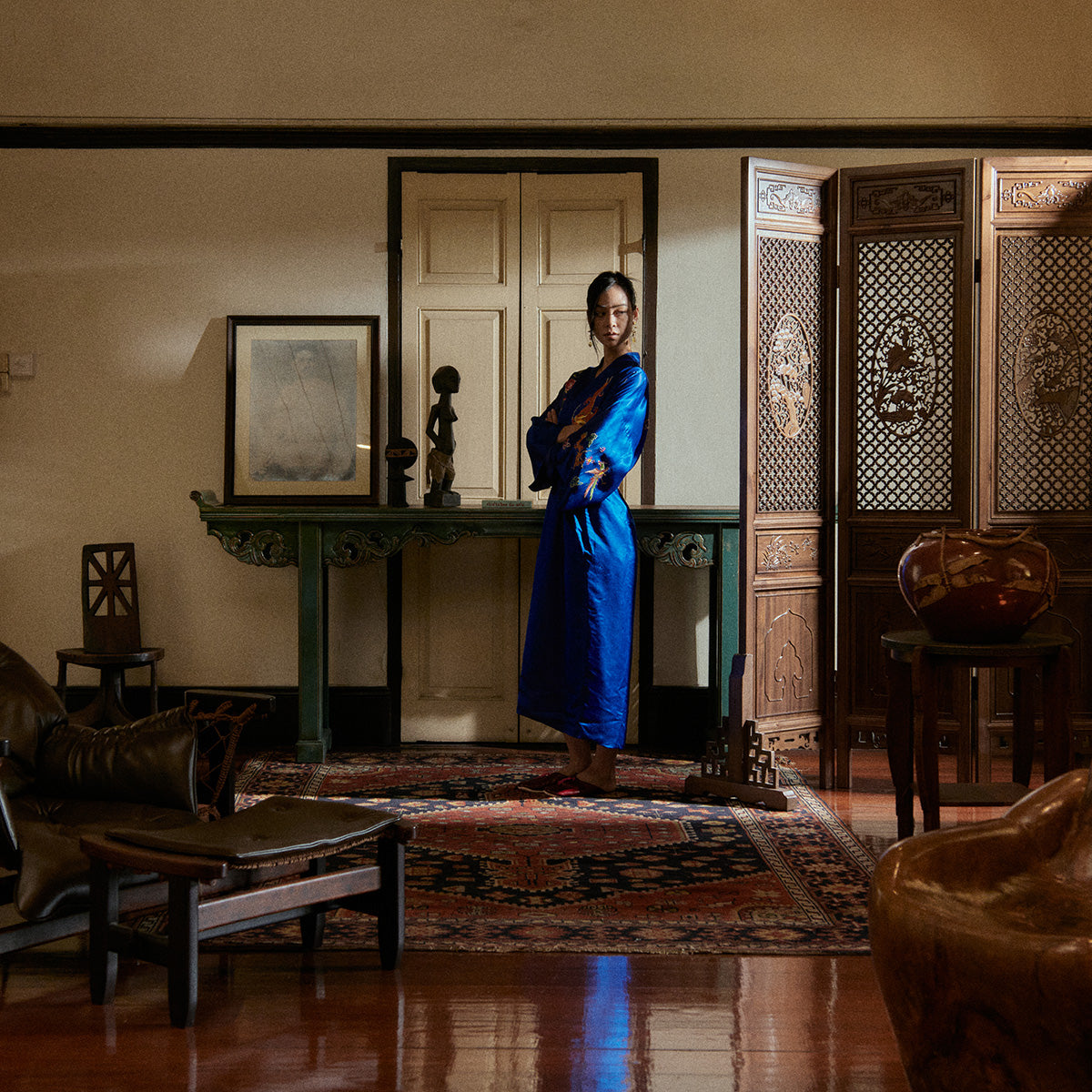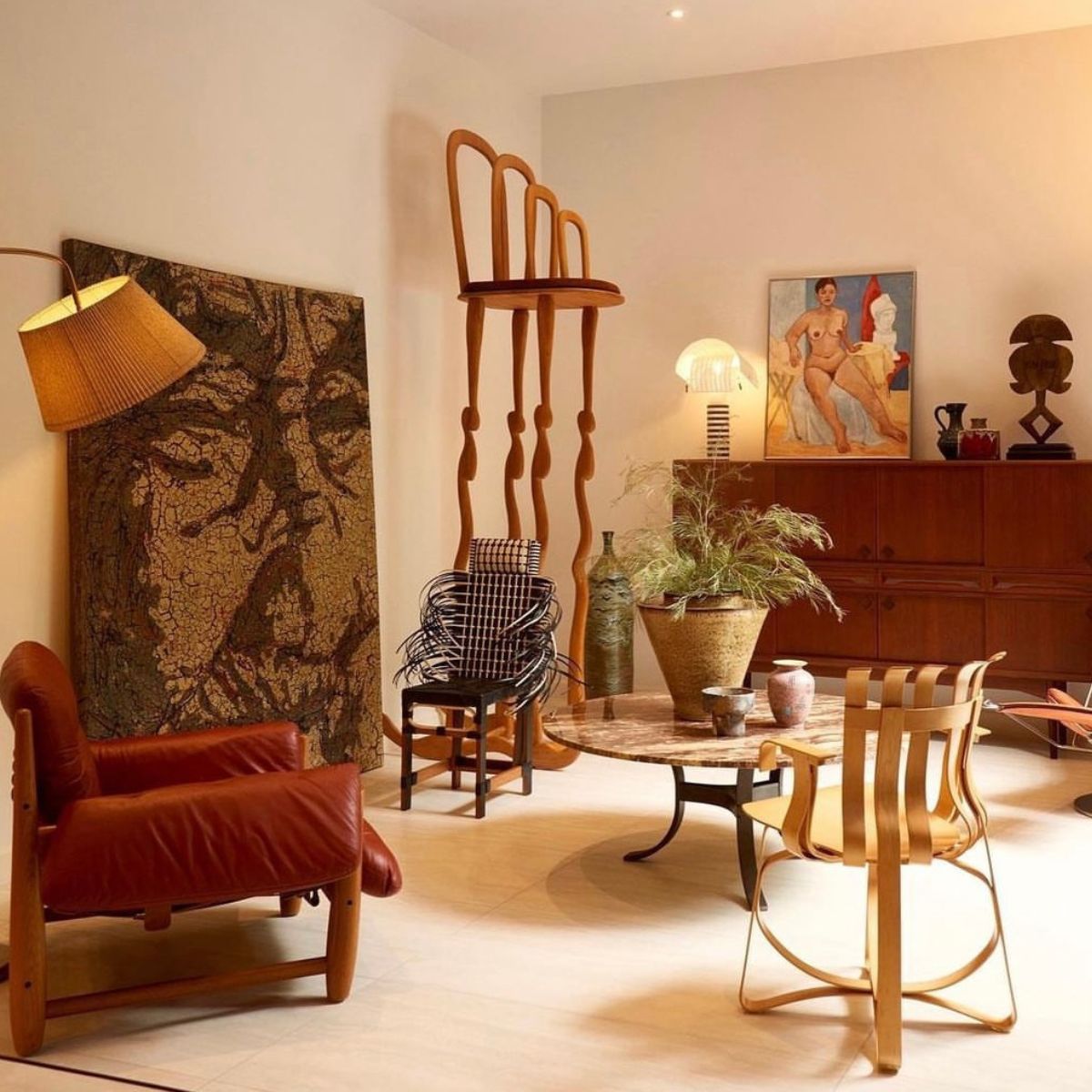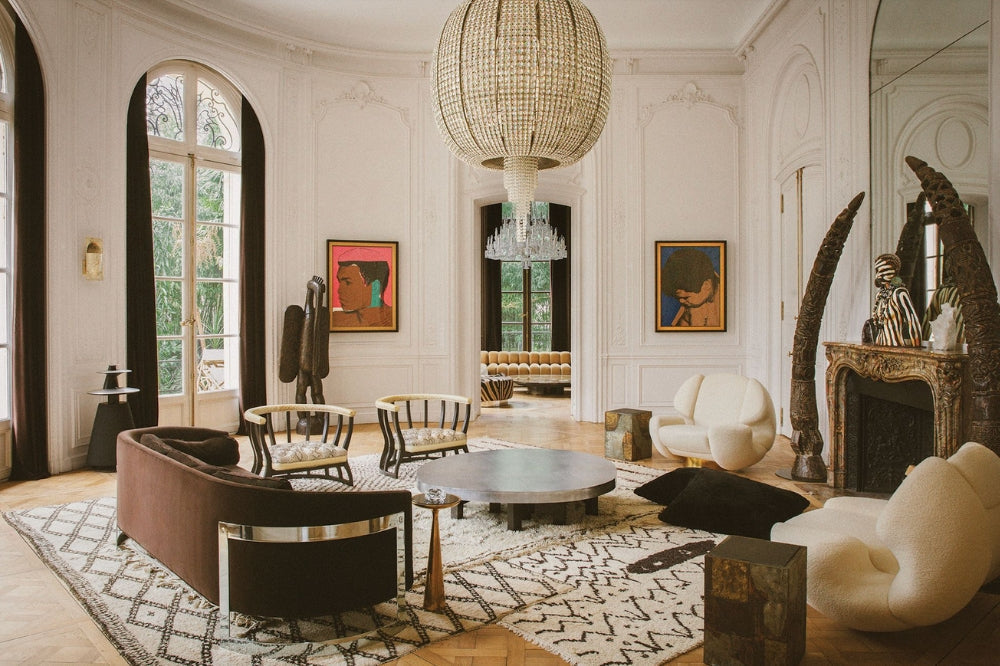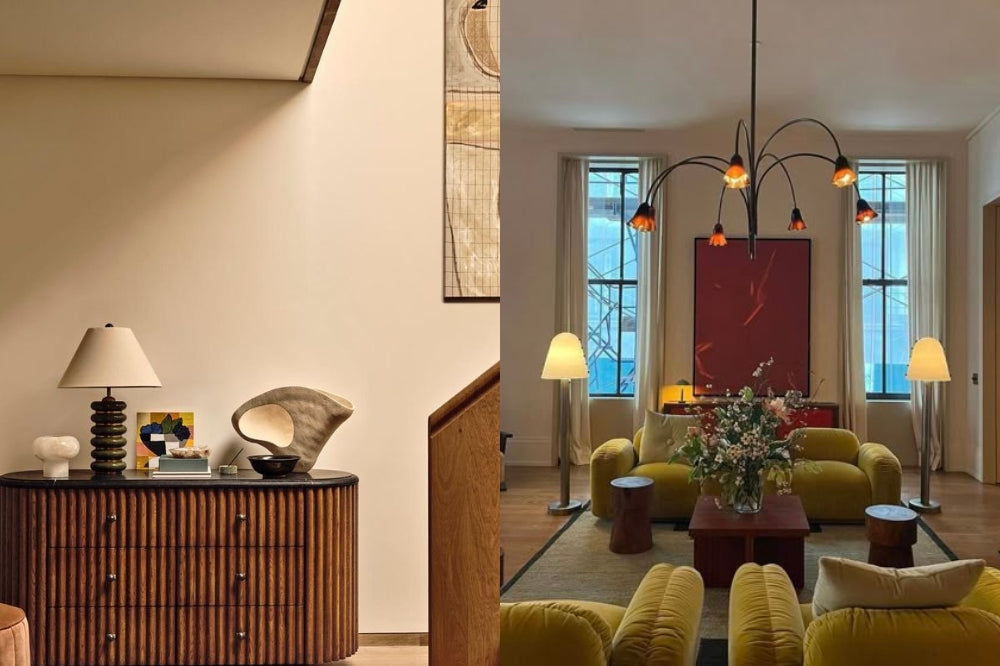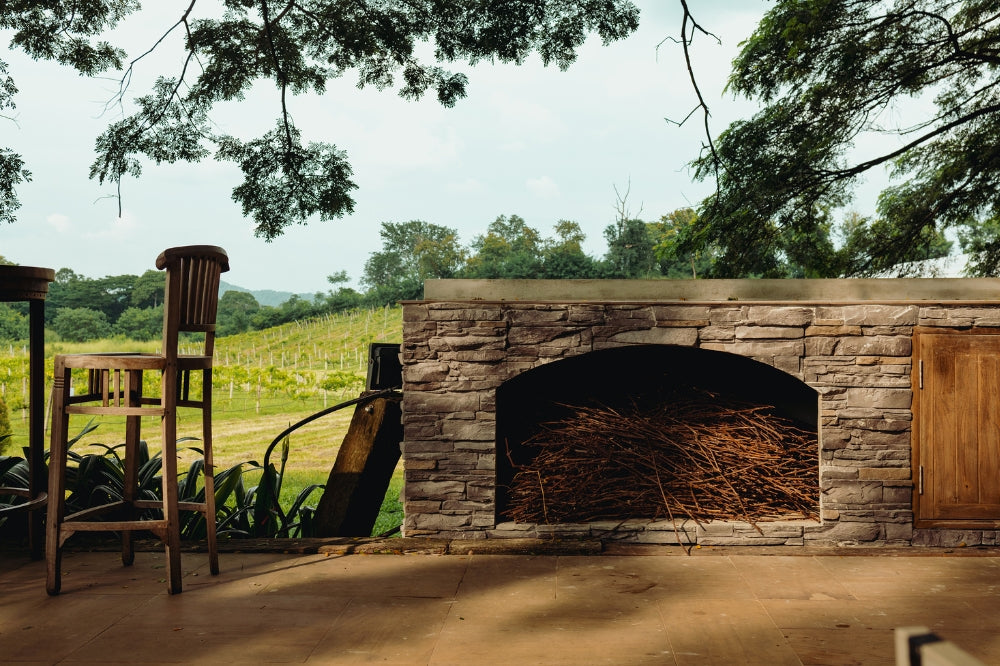Once tied to coded status symbols, the quiet luxury trend is evolving into something far more nuanced in 2025. While an emphasis on quality remains central, today’s quiet luxury is warmer, more lived-in, and grounded in values of sustainability, craftsmanship, and individuality.
The term "quiet luxury" first gained traction in fashion circles, popularised by brands like The Row, Brunello Cucinelli, and Loro Piana—labels known for their restrained aesthetic and impeccable materials. Its cultural moment arrived in full when the hit HBO series Succession brought the look to mainstream attention. Characters dressed in whisper-soft cashmeres, subdued palettes, and silhouettes that communicated generational wealth without ever needing to say so.

The style permeated social media in 2023 and 2024, giving rise to terms like "stealth wealth" and encouraging a broader appreciation for subtle elegance. As a natural extension of this ethos, interior design soon followed. Soft monochromatic rooms, sculptural furniture, and tactile materials like boucle, travertine, and oak became visual shorthand for refined, quiet opulence.

Pictured above: An outdoor living space featuring soft neutral tones, natural wood elements, and linen-textured seating, styled with understated luxury. A central concrete fireplace, landscape artwork, and minimal accessories complete the serene, quiet luxury design.
But by mid-2024 and into 2025, the narrative began to shift. A new wave of designers and homeowners began challenging the overly restrained aesthetic. While the love for natural materials and quality finishes remained, many started craving interiors that felt more expressive and layered. Rather than replicating a neutral palette from a showroom, people began sourcing pieces with a story—whether it’s a luxurious celebrity home of the likes of Lenny Kravitz or the unique apartment of a Munich-based collector Verena Holthaus — bold statements are making a comeback. Sustainability also played a role, with consumers seeking to support artisans and small-batch creators over mass-produced luxury.

Above: An eclectic corner vignette featuring a silver abstract sculpture on a white plinth, a minimalist black chair, and a vintage wooden sideboard styled with colourful art prints, a Marc O'Polo poster, and small decorative objects.
With fashions trends persistently making their return to maximalism and individualism this year, it’s safe to say that our personal spaces are likely to become more expressive too. However, it seems that quiet luxury in interiors might be going through a more paced and subtle transformation. What this trend leaves us with is not a strict aesthetic to follow, but a lens through which we can make more intentional design choices. It encourages us to ask: does this item stand the test of time? Is it well made? Will it grow with me? In practice, this means choosing furniture crafted from solid wood over veneer, investing in a handcrafted wool rug instead of a synthetic one, or styling a room with fewer but more meaningful objects. The emphasis is on sensory richness—the warmth of linen, the patina of aged brass, the sculptural presence of handmade stoneware. Practically, it’s a mindset that values longevity and attention to detail over instant visual gratification.
So, is quiet luxury dead? Our take is that it’s simply shifting. It remains distinct from minimalism - where minimalism often seeks to strip away, quiet luxury seeks to add with intention. It celebrates subtle contrasts, thoughtful layering, and high quality materials. We are excited to see the transformation of the trend this year the trend is begins to seek sense of emotional connection to space and a stronger expression of individuality.
